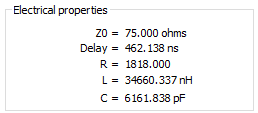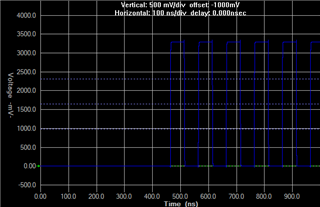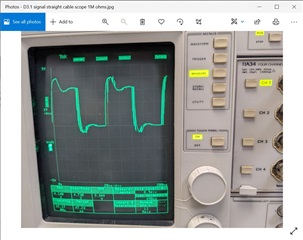I want to send a 10 MHz clock signal for 300 ft from a modem to a Transceiver over 75 ohm coaxial cable.
Can you recommend a low cost solution with drivers and receiver, with perhaps some pre-emphasis/conditioning to make sure the signal remains pure
Thanks,
Harry





 Harry
Harry